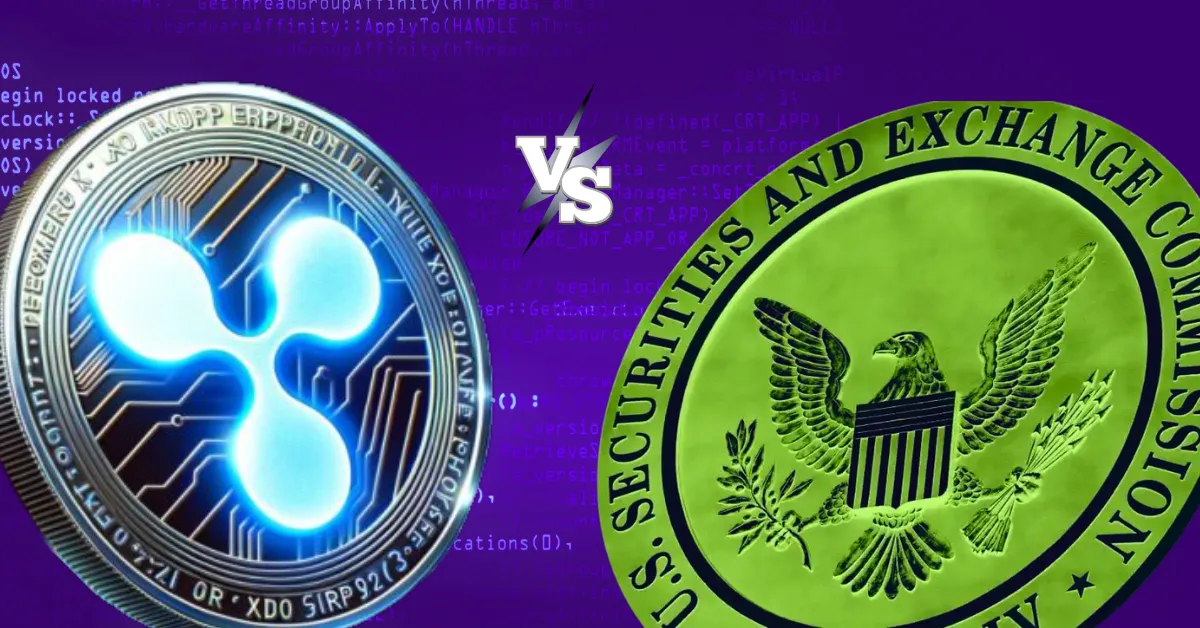
In recent years, the regulation of cryptocurrency has become one of the most heated legal battlegrounds, with Ripple Labs locked in a protracted clash against the U.S. Securities and Exchange Commission (SEC) over the status of its native token, XRP. This lawsuit has drawn intense scrutiny from investors, regulators, and the wider crypto community, as its eventual outcome could set a precedent for how digital assets are classified and regulated in the United States. Amidst this ongoing saga, a mysterious and controversial court filing claiming to hold “decisive evidence” has injected fresh uncertainty into the proceedings, reigniting debate on the boundaries between innovation and regulation in the crypto space.
At the core of this conflict lies the question of whether XRP should be deemed a security under U.S. law. The SEC’s position has been firm: Ripple’s sales of XRP constituted unregistered securities offerings, violating securities laws designed to protect investors through disclosure and regulatory oversight. Ripple vigorously disputes this claim, arguing that XRP functions as a fungible digital currency similar to Bitcoin and Ethereum and does not qualify as a security, particularly with respect to secondary market sales. This distinction matters profoundly because labeling XRP as a security would impose onerous compliance requirements on Ripple and potentially alter regulatory treatment for countless other cryptocurrencies displaying comparable characteristics. The case thus represents more than a singular dispute—it is a test of regulatory frameworks in an era of rapid financial innovation.
The case took a dramatic turn with a surprising filing by Justin W. Keener, an individual previously fined over $10 million by the SEC, who submitted an emergency motion claiming possession of “decisive evidence” supporting Ripple’s position and safeguarding American freedoms. This unexpected contribution has polarized opinion. Some participants see Keener’s filing as a potential game-changer that could shift the legal momentum in Ripple’s favor. Meanwhile, representatives of the SEC and many legal experts have dismissed the filing as irrelevant or a delay tactic lacking substantive merit. The court, presided over by Judge Analisa Torres, has so far responded cautiously—denying immediate rulings while acknowledging the multifaceted nature of the dispute. Her prior decisions have been somewhat mixed, partially agreeing that XRP is not a security in certain contexts but emphasizing persistent unresolved questions that necessitate ongoing judicial review. Keener’s filing adds another layer of unpredictability, leaving the case’s final resolution timeline murky.
This legal drama unfolds at a time when clarity on cryptocurrency regulation is desperately needed. The Ripple lawsuit’s conclusion could significantly influence the future of the more than $1 trillion cryptocurrency ecosystem. Should XRP be legally classified as a security, this could trigger increased regulatory scrutiny on other tokens with similar profiles, potentially stifling innovation and constraining the development of decentralized finance solutions. On the other hand, a legal victory for Ripple might embolden crypto enterprises and investors by signaling a regulatory environment more accommodating to digital currency innovation and market growth. The stakes extend beyond finances; they touch upon fundamental issues concerning innovation freedom, investor protections, and the appropriate reach of government oversight in emerging technology sectors.
Moreover, even aside from the pending legal outcome, the Ripple-SEC lawsuit has had tangible impacts on XRP’s market dynamics and Ripple’s business strategy. Ripple’s prior settlement with the SEC, which involved a $50 million payment reduced from an initially proposed $125 million fine, indicated some willingness by regulators to compromise, though the ongoing appeal process ensures the dispute remains far from settled. This drawn-out litigation continues to slow Ripple’s efforts to secure partnerships and advance blockchain projects, illustrating how regulatory uncertainty can hamper innovation. The case embodies the broader tension faced by regulators and innovators alike: how to balance consumer protection with fostering the growth of novel financial technologies.
Ultimately, the Ripple versus SEC showdown serves as a high-profile frontline in defining the legal and regulatory boundaries for crypto finance in the United States. The injection of an unpredictable factor like Keener’s “decisive evidence” filing only compounds the complexity and drama, leaving observers to wonder if it might tip the scales—or simply prolong the status quo. Whatever the outcome, this case will be closely followed not just for its legal ramifications but for the powerful signal it sends about the future landscape of cryptocurrency regulation, investor rights, and government authority in the digital age. As the dust continues to settle, one thing remains clear: the fight over XRP is more than a battle over tokens—it is a defining moment for the evolving relationship between innovation and oversight.






